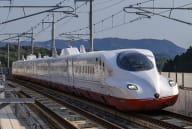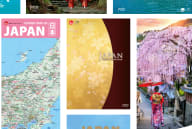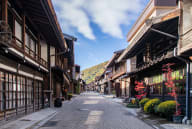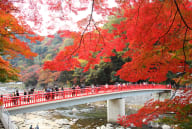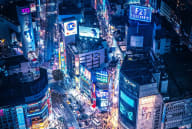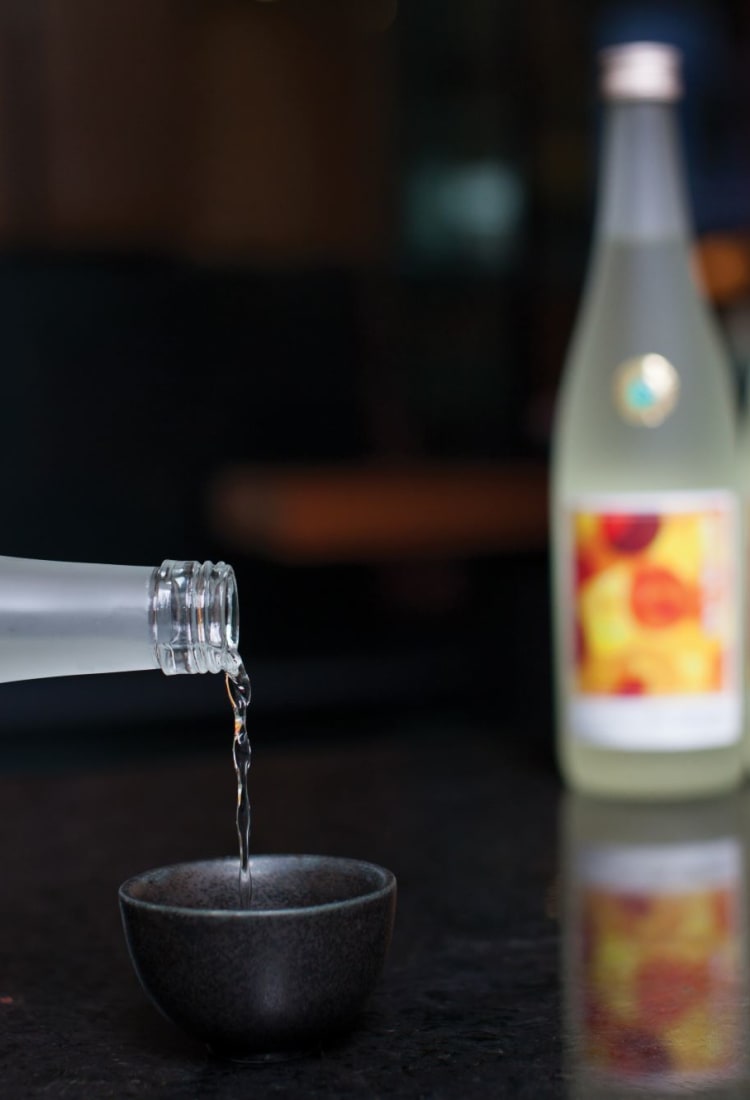
The Stories of a Sake Samurai
Michael Tremblay is the sake sommelier at Ki Modern Japanese + Bar in the heart of downtown Toronto. Recognized by the Japan Sake Brewers Association Junior Council as one of just two “Sake Samurai” in Canada, we sat down with him to find out how he ensures that there’s a journey to Japan in every cup he pours.
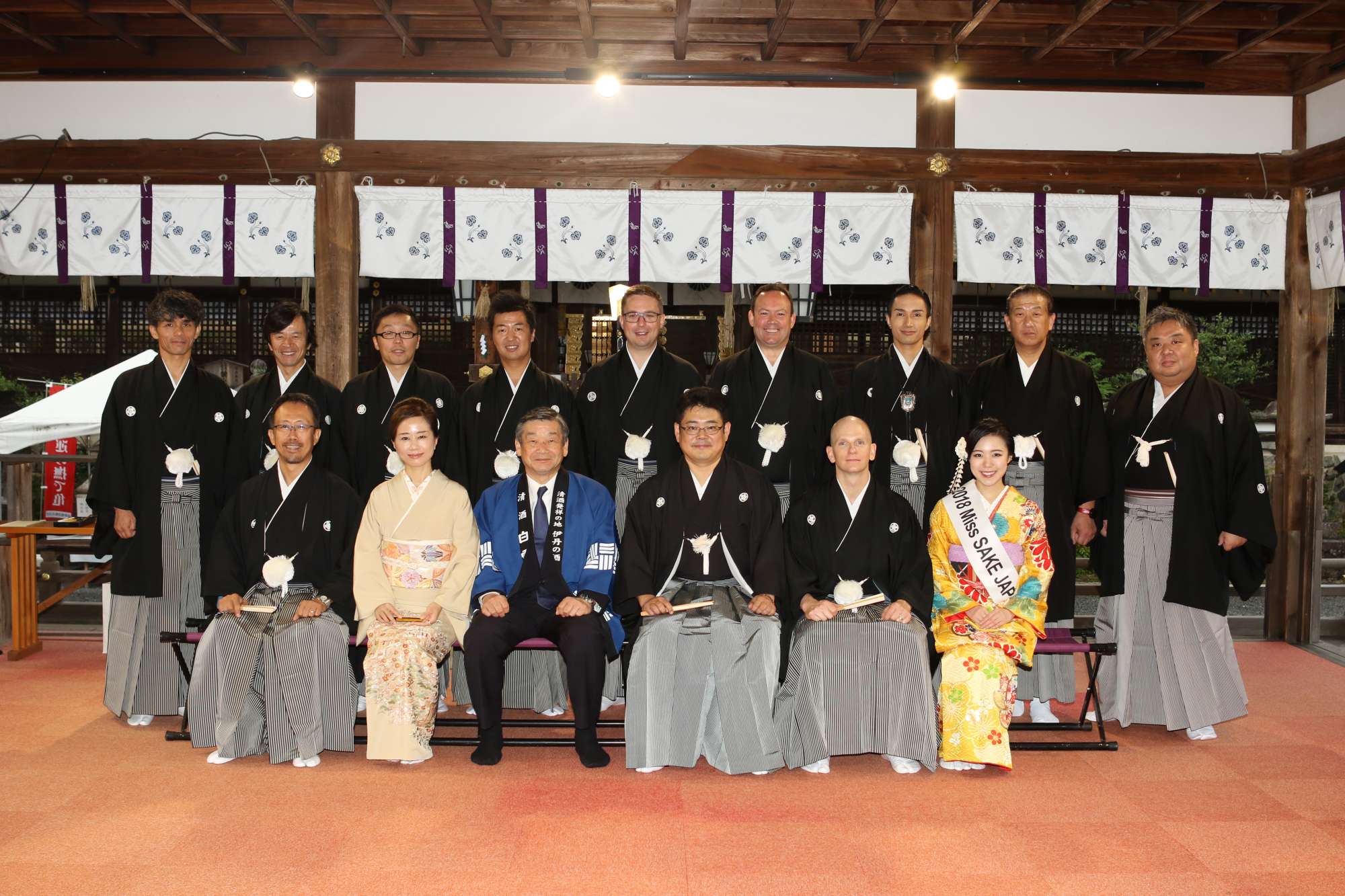
How did you get the “sake bug”?
When I finished my master’s in music composition, I went to the East Coast for a bit — specifically, Halifax. And while I was out there I was bartending as a day job, and one of my employers was very passionate about wine. So when I came back to Ontario I had a bit of the wine bug. So I took some wine courses, and then eventually I got a job at Ki.
I didn’t know anything about Japanese food, so to me that was part of the enticement. But I was really passionate about wine, and we had a really good wine list at the time — and more sakes than any place in Toronto! But I would see a bottle of sake on our list, and it would say “Niigata” or whatever, and no one could tell me — not even the trainers — where it was from. That was the level of sake knowledge back then. It was more focused on the grades and the styles, and not necessarily about these amazing places in Japan that are making sake.
I eventually put up some maps at the restaurant so I could visualize it, and so I had a bit more to say to a table. And over time, I realized that even though I had a passion for wine, for the tables that really wanted to be engaged, what they wanted to hear about was anything to do with sake.
So I started telling stories about where our sake came from. One of the first breweries I remember coming across was a 470-year-old brewery called Yoshinogawa, which was awesome. So I started telling those stories, and I fell in love with it.
How important was it for you to become a Sake Samurai?
I’d heard about this title, and for years I thought it would be such an honour to be bestowed with the name of Sake Samurai that I was virtually obsessed with it.
But at one point I had to ask myself, “Are you really in love with sake and what you’re doing because you want to become a Sake Samurai, or are you doing it just because you love doing it?” And I started reminding myself of all the amazing people I’d judged sake competitions with around the world who were doing great things in their own respective countries and were not Sake Samurai. And I decided that while it would be really cool, I was okay not getting it.
And sure enough, the year after, I was awarded it.
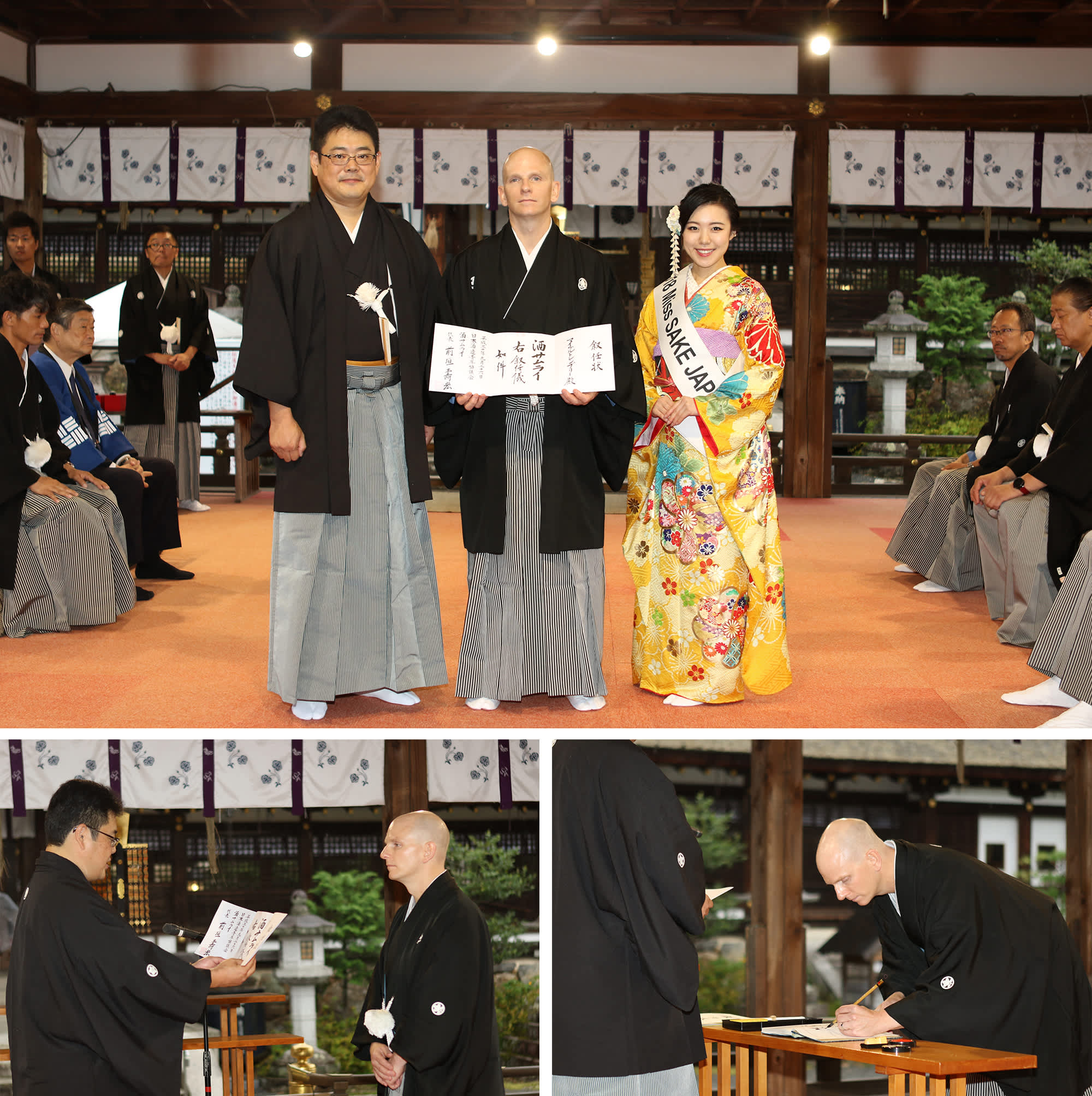
So by the time you got it you were beyond it?
Well, no. I was jumping up and down and running around dancing at the restaurant when I found out I was inducted. The Sake Samurai isn’t something where you do a course and you become one — it’s the brewers in Japan that nominate you, and you need to have a number of breweries that are willing to go to bat for you, because there are only about five people inducted a year.
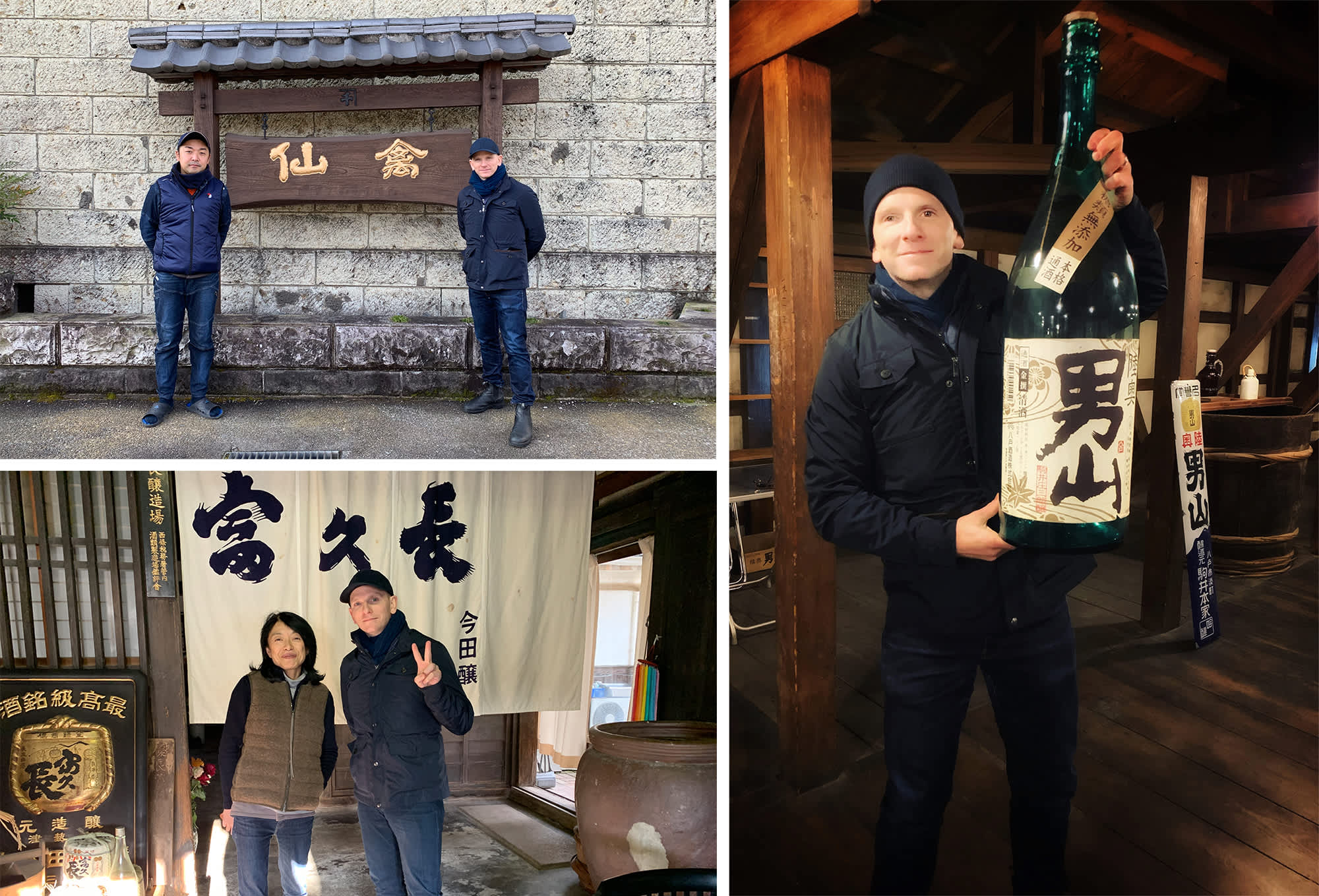
How do you help people who are new to sake connect to the drink?
If you go to Japan, sake is usually served from a tokkuri, a type of ceramic carafe, because they use these 1.8-litre isshobin bottles, and those are dangerous to have at the table because they’re really heavy. But at Ki we have 10-ounce bottles and 24-ounce bottles, which is just like a bottle of wine.
For us, we really want consumers to see the bottles, because the labels are really beautiful to look at, and they connect you with what’s in the glass. And quite often there’s stuff on the label I can point out, which is really fun too: “See this? This is yama or san — it looks like a mountain. Or kawa — it looks like a river.” You kind of teach them a little bit of kanji without it being overwhelming, and it tells a bit of the story of the bottle.
When I’m pouring a sake, I want to take people on a trip to Japan. If you’re willing to listen, I’m going to take you to that area of Japan and make you visualize the mountain and the river that kind of inform that sake.
I really love taking people to a very specific point on a Google map of Japan and going, “This is where we are.” Because most people don’t even know where Tokyo is until you point it out. And most people are very interested.
What pairs well with sake?
Everything! Sake is so versatile. You can have it at 55 degrees Celsius and you can have it at 5 degrees Celsius, and it changes in personality. We do a lot of sake pairing dinners at Ki, and I’ve often paired the same sake at two different temperatures at different points in the meal — and I sometimes don’t tell them it’s the same sake until they’ve tried it. And I say, “Would you believe it’s the same sake you had earlier at a different temperature?” And a lot of the time it’s like this “aha” moment for them.
The other thing is umami. Sake has so many amino acids that are linked to savouriness, and umami really creates a synergy with other savoury things, like tuna, mushrooms, dashi broth or miso.
There are also aspects of the Japanese kitchen in general — like wasabi, ginger and soy sauce — that are really hard on wines. And sake seamlessly navigates those challenging foods without getting in the way.
So does that “everything” include Western food?
Definitely. For example, you can take sake and pair it with cheeses — and more and more sommeliers are doing that now. But there’s really no food on the planet that you wouldn’t be able to find a sake to go with.
With sake, I’ve often heard two things: one, it never picks fights with food. But also it’s often an extra leg to the table, lending support to a dish without influencing things.
There’s also a saying I’ve heard in Japan regarding some of the simpler sakes like Honjozo sake, where they say, “You don’t notice it at all during the meal — the only time you notice it is when the bottle is empty.” That speaks to sake’s ability to be a chameleon at the table.
Which regions of Japan are best known for their sake?
In Canada, it’s really what has historically been imported. For a long time it was fairly easy to find Niigata sake on a regular basis. But what I love about sake now in Canada is that there are more and more different prefectures represented, which means we can tell all these really cool stories from these different places through a bottle of sake.
Another big region is probably Hyogo. If you go to the area around Kobe, which is historically very famous, they have a water there called miyamizu. This water has a mineral hardness to it that was able to fully ferment a beverage — and back in the Edo period, the worst thing you could do was spend all this money on rice, which was a very expensive commodity, and let it spoil because the fermentation went awry.
The area is called Nada Gogo — the five villages of Nada. It’s home to some of the bigger sake breweries, these so-called “national” brands, and they can make more sake and get it out to faraway markets like Canada fairly easily, compared to some small producers that barely make enough for domestic consumption.
But it doesn’t matter — all the sake coming to us is high quality, and it comes with all this different cultural history. You can learn about the history of Japan or its culture through each bottling.
Do you see any new or emerging trends in sake?
There’s a number of different breweries that are really pushing the envelope and trying new things. Some brewers are influenced by wine — particularly French wine.
For example, there’s sparkling sake, which is made the way champagne is made, with a secondary fermentation and bottle to create the bubbles. In advance of the Tokyo Olympics, a number of top-quality sparkling sake producers banded together and created something called the Awa Association — where awa means “bubbles” — to learn from one another and make better sparkling sake.
And the quality of sparkling sake has really increased. The bubbles are becoming finer and the pressure is higher, which was one of the challenges for them.
Another thing is that new rice strains are constantly being developed — though it takes about 10 years to develop a new rice. There’s one dominant strain called Yamada Nishiki that’s used for almost all daiginjo sake, which has at least half of the rice grain polished away, because you can polish Yamada Nishiki down to less than 50% without it cracking easily. But brewers are also really trying to create local sakes using local rice strains that they’ve developed in their area, or bringing back heirloom strains, which brings nostalgia and a romantic connection to the region’s culture.
Over the last few years a number of regions have also been embracing the idea of regionality, and registering geographical indications for their sake. To me, this is really exciting, since it sheds light on regions that have otherwise been overlooked by non-Japanese consumers, such as Hagi in Yamaguchi, Tone-Numata in Gunma, and Harima in Hyogo. All make phenomenal sakes, and it’s really great to see breweries banding together to promote their wares.
Really the most important thing with sake is that there’s an incredible amount of versatility as to what you can do with it. There are also so many different profiles — there’s sweet sake, there’s dry sake, there’s fruity and floral and very elegant sake, and there’s some that are more robust and complex. I do firmly believe there’s a sake for everyone.

















































